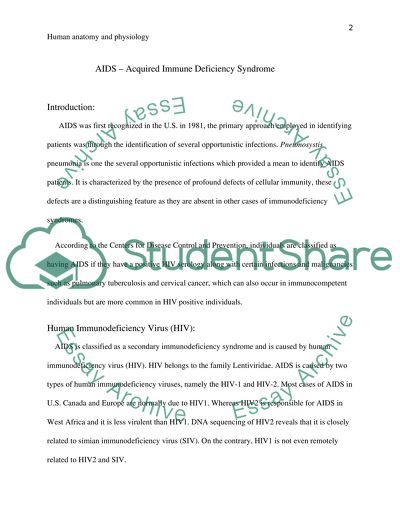Cite this document
(“Acquired Immune Deficiency Syndrome Term Paper Example | Topics and Well Written Essays - 1750 words”, n.d.)
Retrieved de https://studentshare.org/health-sciences-medicine/1390950-aids
Retrieved de https://studentshare.org/health-sciences-medicine/1390950-aids
(Acquired Immune Deficiency Syndrome Term Paper Example | Topics and Well Written Essays - 1750 Words)
https://studentshare.org/health-sciences-medicine/1390950-aids.
https://studentshare.org/health-sciences-medicine/1390950-aids.
“Acquired Immune Deficiency Syndrome Term Paper Example | Topics and Well Written Essays - 1750 Words”, n.d. https://studentshare.org/health-sciences-medicine/1390950-aids.


